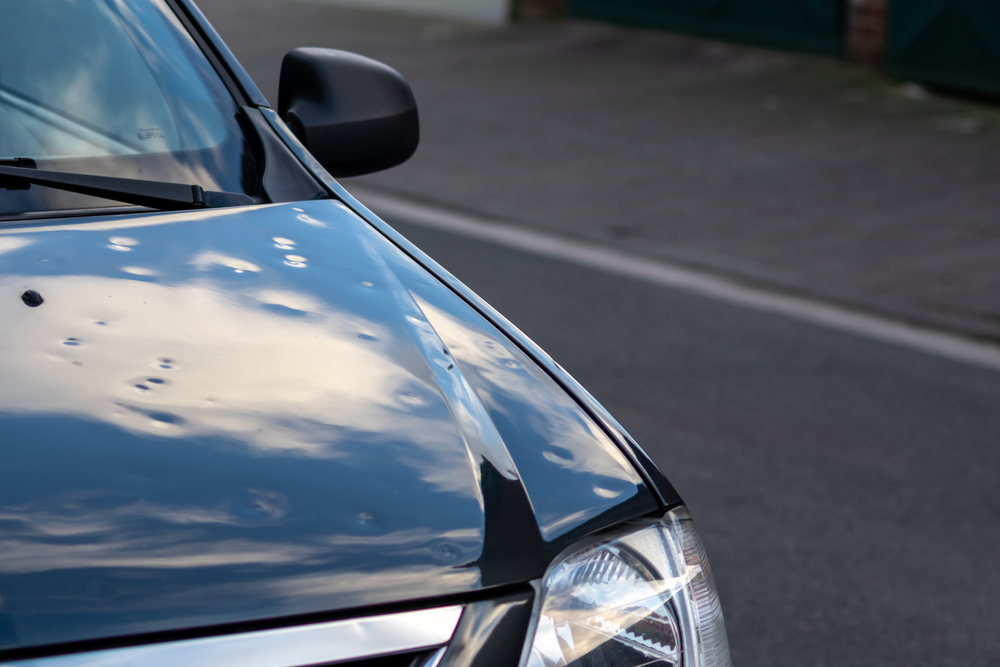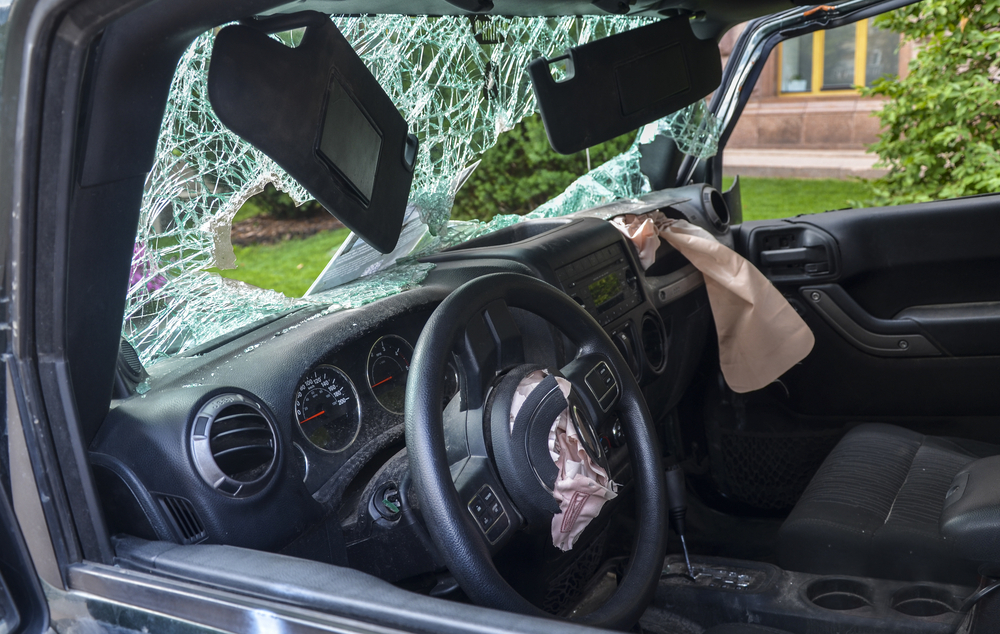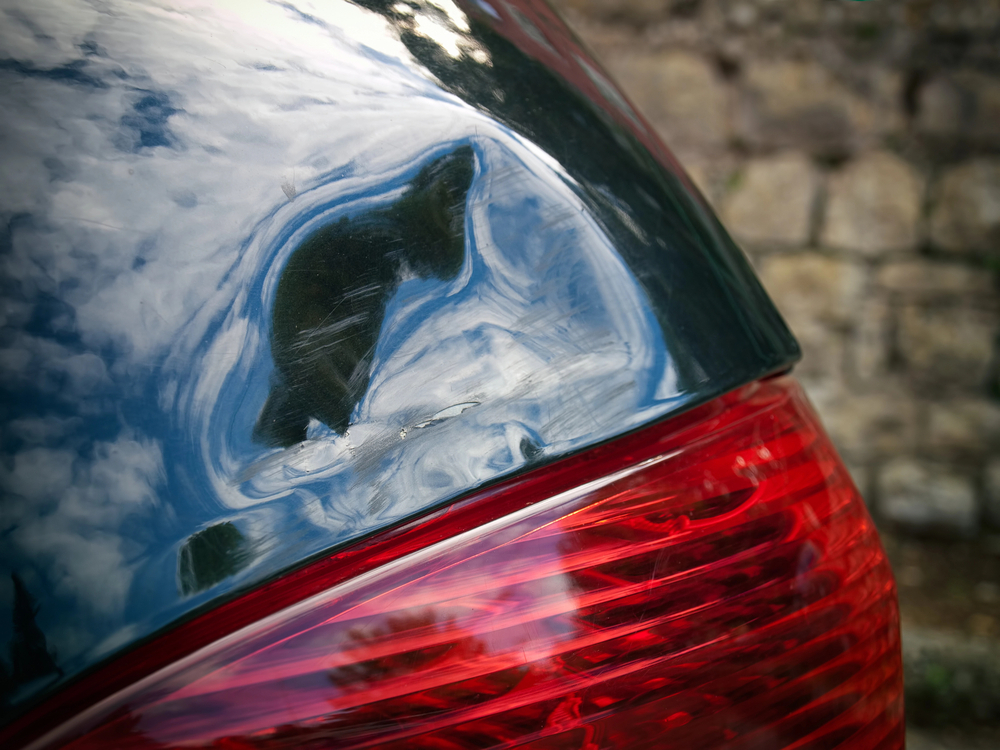Paintless dent repair, also known as PDR, has, frankly, revolutionized the auto repair industy. Prior to the inception of PDR, dent repair was less accessible, due to the time-consuming and labor intensive repair techniques involved. Yet, there are still many misconceptions about PDR services in South Jersey and beyond. That is why we at Elmer’s Auto Body hope to clear the air about paintless dent repair and ensure that consumers are aware of the truths.
Key Takeaways
- Paintless dent repair (PDR) offers a faster, less labor-intensive alternative to traditional dent repair methods.
- PDR removes minor dents, dings, and creases without sanding, filling, or repainting, preserving the original paint using specialized tools.
- PDR is best for small to medium dents and superficial damage, but not suitable for deep gouges, rusted areas, or extensive dents.
What is Paintless Dent Repair?
Before getting into the common misconceptions about paintless dent repair (PDR), it must first be described. This will set the foundation upon which the myths and misunderstandings are debunked and clarified.
Paintless dent repair (PDR) is defined as a method of removing minor dents, dings, and creases from the body of a vehicle without requiring sanding, filling, or repainting. Instead, PDR uses specialized tools that allow the auto body repair technician to carefully massage away the dents, dings, and creases while keeping the paint surface intact and unscathed. Once the majority of the dent has been smoothed away, more delicate tools and techniques are employed to ensure a seamless finish.
6 Common Misconceptions About Paintless Dent Repair in South Jersey
With those facts about PDR fresh in your mind, let’s begin discussing the common misconceptions:
Myth #1: Insurance Doesn’t Cover the Cost of PDR
Many people assume that PDR will not be covered under insurance because it is not a traditional method. However, most New Jersey insurance companies understand that PDR is indeed a legitimate technique. It also costs less to perform, and so insurance companies will usually cover the whole cost of the procedure once you have submitted your claim.
Myth #2: Paintless Dent Repair Doesn’t Retain a Vehicle’s Value
Saying that PDR does not help a vehicle retain its value after a collision is entirely false. The truth of the matter is that repairing your vehicle when it has been damaged will always help more than leaving the damage unresolved. Furthermore, paintless dent repair makes minor dents, dings, and scratches disappear. No trace of that damage is left when the job is complete. No paint matching has to be done, and the tools used leave no marks. Therefore, there is little to no impact on the value.
Myth #3: You Can DIY PDR
No, you can’t do paintless dent repair by yourself at home. Even if you watch hours of tutorial videos, the techniques required to successfully perform PDR are something that you must practice and train over and over. Additionally, if you do not perform those techniques correctly, you may accidentally cause more severe damage to the vehicle. There are many instances where people purchase DIY PDR equipment and end up needing more traditional paint and dent repair methods used to correct their mistake. That ends up costing you even more.
In other words, trust the professionals who have the correct tools and skills to perform paintless dent repair successfully.
Myth #4: PDR Can Be Performed on Large, Extensive Dents and Dings
Paintless dent repair is ideal for small to medium dents, dings, and creases, but even some shallow damages may be ineligible for PDR. You will only know what PDR can repair by taking your vehicle to an auto body repair shop in South Jersey like Elmer’s Auto Body, where the damage can be thoroughly assessed. A PDR technician will be able to scrutinize the damage and determine the best course of action.
That said, PDR works best on shallow damage, such as hail damage, superficial scratches, and dents from other car doors or runaway shopping carts. If your vehicle has deep gouges or dents that have started to rust, the technician may need to use more conventional methods.
Myth #5: Paintless Dent Repair Cannot Be Used on Older Vehicles
The age of a vehicle does not determine whether PDR can be used, only the severity of the damage, as well as the proximity of the damage to panel edges and body lines. That means that older vehicles can indeed be repaired using PDR tools and techniques. However, due to some body lines present in older vehicles, technicians may be unable to use paintless dent repair on some damages and need traditional techniques to complete the repair process.
Myth #6: PDR Damages Paint
Another misconception is that paintless dent repair inevitably damages the paint on your car. This could not be more incorrect. PDR is a wonderful option because it works without needing any sanding, filling, or repainting. The original paint job is not impacted in any way, unless the paint is already damaged. The only time you need to worry about PDR damaging the vehicle’s paint is if incorrect or DIY PDR methods are utilized.
Contact an Auto Collision Repair Shop in South Jersey Today About PDR Services
Paintless dent repair (PDR) has proven to be a revolutionary technique in the auto repair industry, offering a more accessible, cost-effective, and environmentally friendly alternative to traditional dent repair methods. By understanding the truths behind these common misconceptions, you can make an informed decision about the best way to maintain your vehicle’s appearance and value.
Don’t let minor dents and dings diminish the value and appearance of your vehicle. Contact Elmer’s Auto Body today to schedule an appointment or get a free estimate. Our expert technicians are ready to help you with all your PDR needs. Call one of our three South Jersey locations or fill out the online form to learn more!






